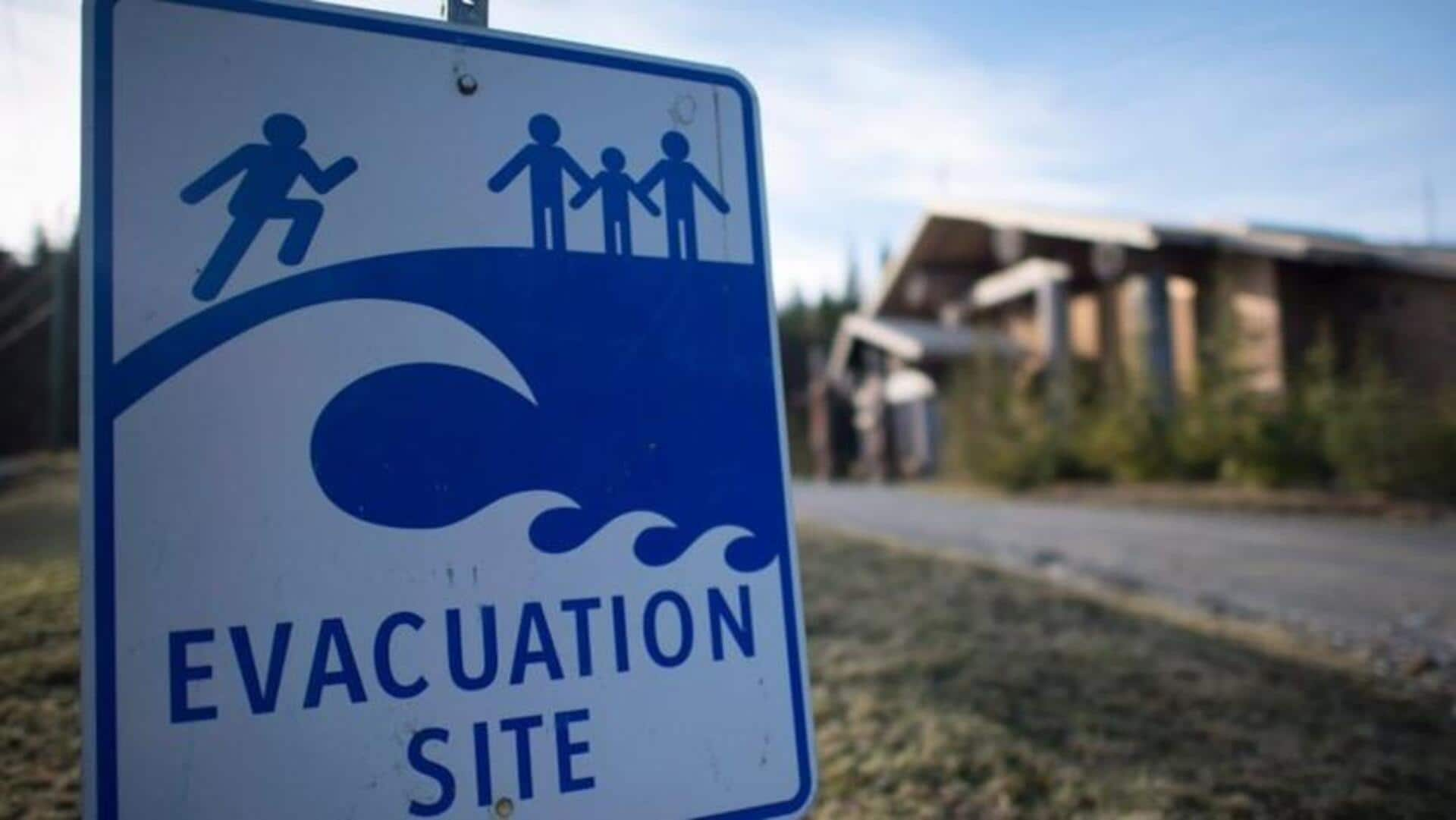
Why Russia's 8.8-magnitude earthquake didn't trigger a massive tsunami
What's the story
A powerful 8.8-magnitude earthquake struck the Kamchatka Peninsula in Russia on Wednesday, triggering fears of a devastating tsunami across the Pacific. However, the tsunami waves that reached Hawaii and the US West Coast were much smaller than anticipated. Hawaii's Governor Josh Green said there was "not a wave of consequence," adding it was "kind of a blessing to not be reporting any damage."
Tsunami science
Not every earthquake generates a tsunami
The outcome surprised many since earthquakes of this size don't happen very often. However, tsunami specialist and professor Philip Liu of Texas A&M and Cornell University said that the size of the earthquake doesn't always determine the size of the wave. He told ABC News that the key factor is "how the earthquake creates the sea bottom or sea floor deformation."
Case
Wave heights of only 10 to 14 feet
"Part of the sea floor will go up, part of the sea floor will go down, and it's this vertical motion of the sea floor which generates a tsunami," he said. In this case, despite its massive size, the earthquake's rupture pattern didn't create the necessary vertical deformation for large waves. Ocean measurements confirmed wave heights of only 10 to 14 feet.
Recovery efforts
Earthquake was the strongest since 2011
Meanwhile, Meghan Miller, a seismology professor at Australian National University, stated that the location of earthquakes has a significant impact on the severity of tsunamis that follow. "For the tsunami and earthquake that happened in Japan in 2011, the distances [to land] were much closer," she told ABC Radio National Breakfast. The magnitude-8.8 earthquake was the strongest since 2011, when a magnitude-9.1 tremor and tsunami struck Japan, killing over 15,000 people.
Geological factors
What is Pacific Ring of Fire?
The Kamchatka Peninsula is located in the "Pacific Ring of Fire," a tectonically active region where the Pacific plate moves north-west and subducts beneath the Okhotsk microplate. This process can cause megathrust earthquakes like Wednesday's event. The tremor triggered tsunami warnings across the Pacific, including Hawaii, Chile, and Ecuador. Judith Hubbard, an earthquake scientist, noted that this quake occurred about 19.31km deep in a subduction zone.
Minimal impact
Tsunami waves hit US west coast
Despite tsunami advisories from Alaska to California, the waves that reached the US West Coast were relatively small. They arrived in Monterey, California, at 12:48am and San Francisco by 1:12am without causing major issues. Hawaiian Airlines and Alaska Airlines resumed flights Wednesday morning after temporarily suspending operations due to the tsunami warnings.